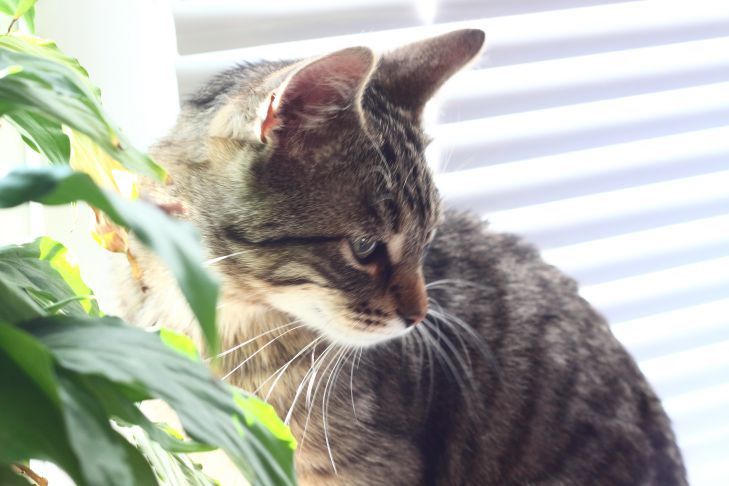Is it possible to teach a cat commands: secrets of training furry intellectuals
Cats are known for their independence and willfulness, which often makes owners doubt their ability to train.
However, the experience of many cat lovers and animal behavior specialists proves that with the right approach, cats are quite capable of mastering various commands and tricks.
Features of cat intelligence
Before you begin training your cat, it is important to understand the specifics of its thinking. Cats are highly intelligent, but their motivation is significantly different from that of dogs.
While dogs strive to please their owners, cats are primarily guided by their own interests.
Selecting the right commands
When training a cat, you should start with simple commands that will be useful in everyday life.

For example, "Come to me", "No", "Place" or "Sit". Gradually, you can move on to more complex tricks, such as "Give me your paw" or "Bring me a toy".
Methods of motivation
The key to successfully training a cat is proper motivation. Most cats respond well to treats, but some may prefer play or petting.
The important thing is to find what really attracts a particular animal and use that as a reward.
Positive reinforcement
The most effective method of training cats is positive reinforcement.
This means that the animal receives a reward for performing the command correctly. It is important to reward the cat immediately after the desired action so that it can establish an association between the behavior and the reward.
Short training sessions
Cats quickly lose interest and concentration, so training sessions should be short but regular.
The optimal duration of the session is 5-10 minutes, 2-3 times a day. It is important to finish the training on a positive note, while the cat is still interested.
Patience and consistency
Training a cat requires a lot of patience. Unlike dogs, cats may not be eager to perform commands simply for the sake of praise.
It is important to be consistent and not give up if results are not immediately visible. Some cats may need more time to learn commands.
Individual approach
Every cat is unique, and what works for one may not work for another. It is important to consider the animal's personality, age, and previous experience.
Young cats are usually easier to train, but older cats can also learn new skills.
Creating the right atmosphere
Training should take place in a calm environment, without distractions.
Choose a quiet place in the house and make sure your cat feels comfortable. Stress or fear can negatively affect your cat's ability to learn.
Using the clicker
Many trainers successfully use a clicker, a small device that produces a clear sound.
The clicker helps to accurately mark the moment of correct execution of the command, which is especially useful when teaching complex tricks.
Taking into account natural instincts
When training a cat, it is important to take into account its natural instincts. For example, the command "Fetch" is easier to learn if you use a toy that resembles prey.
The "Jump" command may be related to cats' natural desire for high places.
Practical application
Teaching your cat commands is not only a fun activity, but also a useful skill. Commands can help in everyday life, such as when visiting the vet or in emergency situations.
In addition, mental stimulation during training has a beneficial effect on the overall well-being of the pet.
